- Fill your EV with winter necessities like blankets, snacks, a shovel, and water.
- You can idle an EV and run the heat without worrying about the dangers of exhaust and carbon monoxide.
- Get to know your EV’s winter range and keep it charged, especially on road trips.
Myths abound about EVs and cold weather, but in reality, they are surprisingly efficient when the temperatures dip and roads become icy and treacherous.
Stay Winter Warm Without EV Range Anxiety
Of course, all EVs lose range when the temperatures drop, but so do gas-powered cars. But, EVs have something that gas-powered cars don’t have: the ability to heat the cabin without having to run the engine.
The fact that EVs can heat the cabin using little to no battery power makes them extremely safe for drivers who get stranded in chilly winter weather. If your EV uses a heat pump, you could keep the cabin heated for days.
Even if your EV uses a lithium-ion battery for heat, you’ll be able to run the heater in your cabin for much longer than a gas-powered car can. Car and Driver found that their test EV used 1.6 kWh every hour to produce heat – which is at least 36 hours of heat for most new EVs with ranges of 200 miles or more.
ADVERTISEMENT
You could get a little extra time from your battery pack if you turn off your vehicle’s radio and other electronics. If your car gets warm, turn off the heat and get cozy under a few blankets. I’ve found that my Kia EV6’s heated seat keeps me warm – and they don’t use the battery like the heater does. When the cabin warms up, I turn off the heater and enjoy my heated seat. Once I turn off the heater, the range jumps up a few miles. Bonus!
If you get stranded in your EV, you actually have fewer worries than an ICE driver does – especially if you have plenty of battery. You won’t have to worry about exhaust, and your heater uses energy efficiently.
Idling an EV uses very little power, especially when compared to a gas-powered car idling in cold temperatures. But, don’t just trust your EV to keep you warm and safe. Learn how to prepare it for the dangers of winter weather.
Keep Your Battery Charged
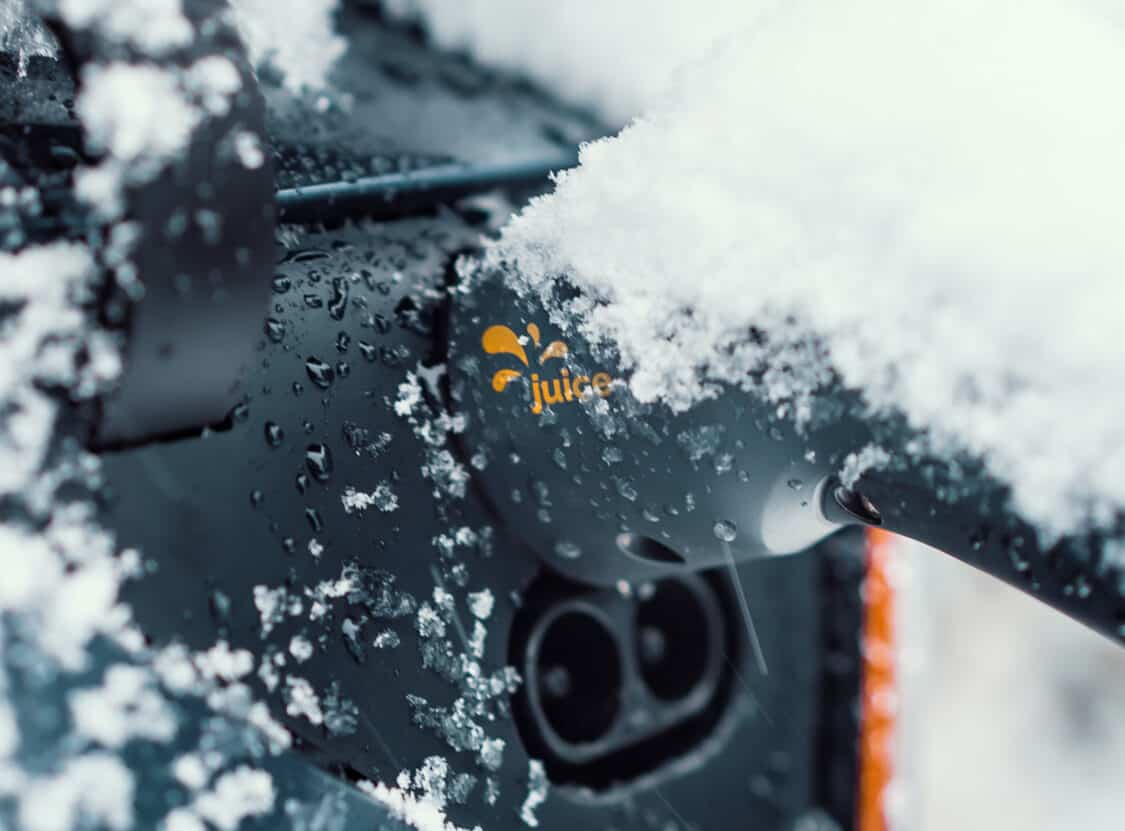
Anyone who has driven a gas-powered car in a snowy part of the US has been warned to keep the gas tank full. The warnings exist to keep you warm if you get stranded. The same warning goes out to EV drivers: keep your battery charged in the winter.
Of course, the range drops significantly in the winter, so you’ll have to charge more often. But the same goes for drivers with gas-powered cars. I live in West Michigan, and with my driving habits (lots of highway driving and a 40-mile daily commute), I get about 3.6 miles per kWh in the summer. Now that the temperatures have dropped below freezing, my range is down to about 2.6 miles per kWh.
It’s important to know how your battery behaves in the winter, so you can keep your battery charged, especially as the mileage guess-o-meter drops so quickly. Also remember that outdoor charging stations, especially the Level 3 DC fast charging stations slow down significantly. Everything just takes longer in the winter.
If you’re using the Chargeway 2.0 app, set the outside temperature for the winter to get an accurate range for your EV. This app lets you focus on other worries besides how far you can travel on a full battery.
ADVERTISEMENT
Pack Your EV with Winter Necessities
Drivers who face ice and snow should always be prepared for the worst. If you get stranded in any type of vehicle, you’ll want to have blankets, non-perishable food, a snow brush with an ice scraper, extra clothing, a flashlight, water, a portable smartphone charger, and a first aid kit.
Some people carry shovels, extra wiper fluid, a tool kit, and traction mats (sand, kitty litter, or rock salt help with traction, too). The extra items you carry in your car should depend on how far you are traveling from home.
Warm Up Your Car Before You Leave

If your EV has a remote start feature, use it in the winter. Your EV will warm up the cabin without having to start the electric motor. Depending on your EV, you might have to set the climate to the temperature and fan power before you get out, while others have an automatic climate feature that will adjust the settings based on the outside temperature.
Now that chilly temps have arrived in my corner of Michigan, I’ve used the remote start feature a few times on my EV6. The vehicle stays silent, and only the climate control lights illuminate. I start it about five minutes before leaving for work, and the automatic climate control sets the temperature at 72° with a mid-level fan speed. The doors stay locked, and the car gives no sign that the heater is running.
Heating an EV has an additional benefit: no exhaust. As someone who has lived in a wintery part of the US forever, I’ve learned about the dangers of heating a gas-powered car in the garage. Carbon monoxide poisoning is a big worry, as the exhaust builds up in the garage. With an EV, this is never a problem.
ADVERTISEMENT
Keep Your Sensors Clear and Reset Your Windshield Wipers
Preparing your vehicle for snow involves keeping the sensors clear. Snow can cover the sensors and cameras, making your EV less safe. Anytime you stop, clear away the snow from those important components.
Some EVs, like Teslas, have adjustable windshield wipers. The adjustability lets you maintain visibility, which is important when the snow is coming down. Rely on your defroster to keep your windshield clear, too.
Remember that your EV doesn’t have an engine that will heat the hood, so you’ll want to clear away the snow before you leave. Otherwise, the snow just sits there – especially with the aerodynamic styling.
Use ECO or Snow Modes
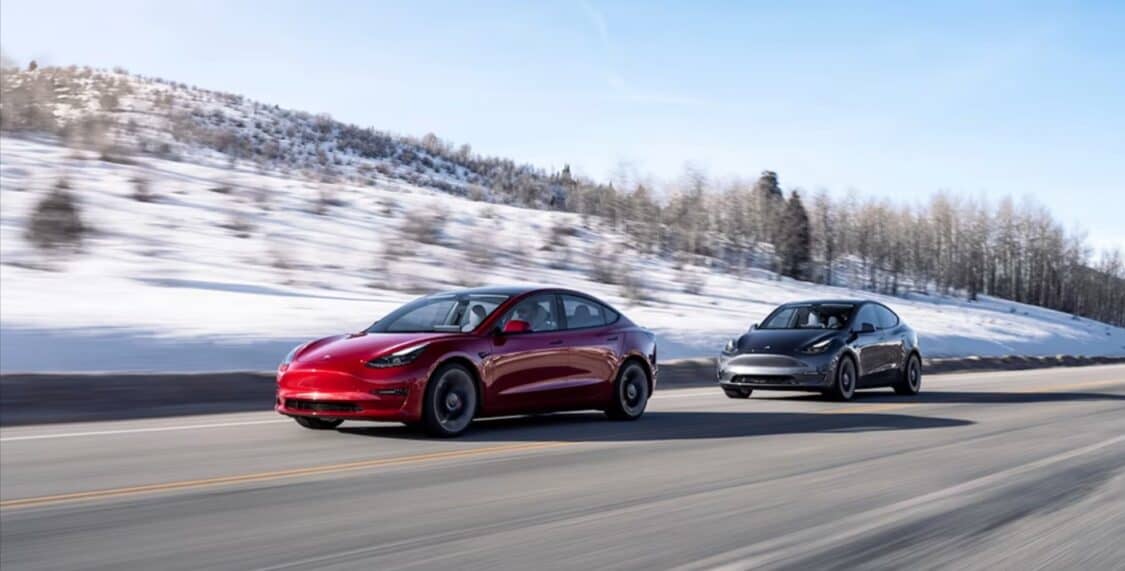
With cold weather reducing battery range, you can make the most of what you’ve got by using ECO mode. However, if your EV has all-wheel drive, ECO mode only powers one axle – usually the rear one. Anyone who has driven on slippery roads knows that rear-wheel drive isn’t ideal (unless you’re doing donuts in a parking lot).
For the safest driving on snow-covered roads, use your EV’s Snow mode or the most efficient all-wheel-drive modes. Fortunately, EVs have low centers of gravity thanks to the battery pack, so they tend to handle winter roads well. Just remember even the best all-wheel-drive system can still go in a ditch when the roads are icy. If you’ve got a performance-tuned EV like the Kia EV6 GT or a Tesla Plaid, consider putting winter tires on your EV for additional traction.
Slow down. Leave plenty of space between you and the vehicle in front of you. Use your regenerative braking to slow the car – it’s almost like downshifting, which reduces the possibility of slipping when stepping on the brakes. Most importantly, plan ahead.
ADVERTISEMENT

FEATURE IMAGE: YANNIK ZIMMERMANN
FTC: We use income-earning auto affiliate links. Learn more.













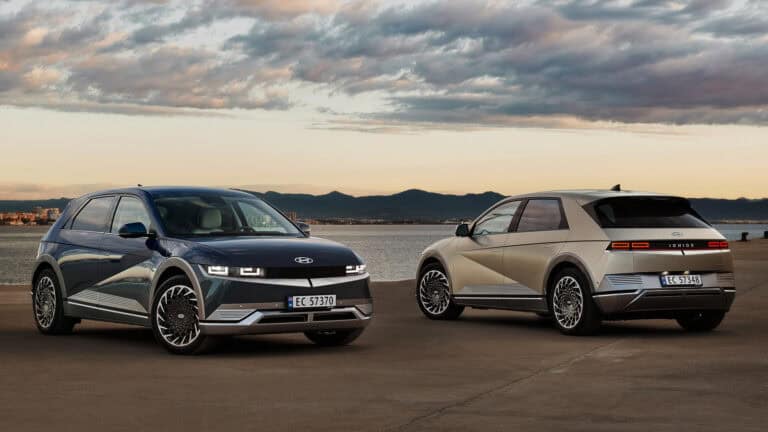











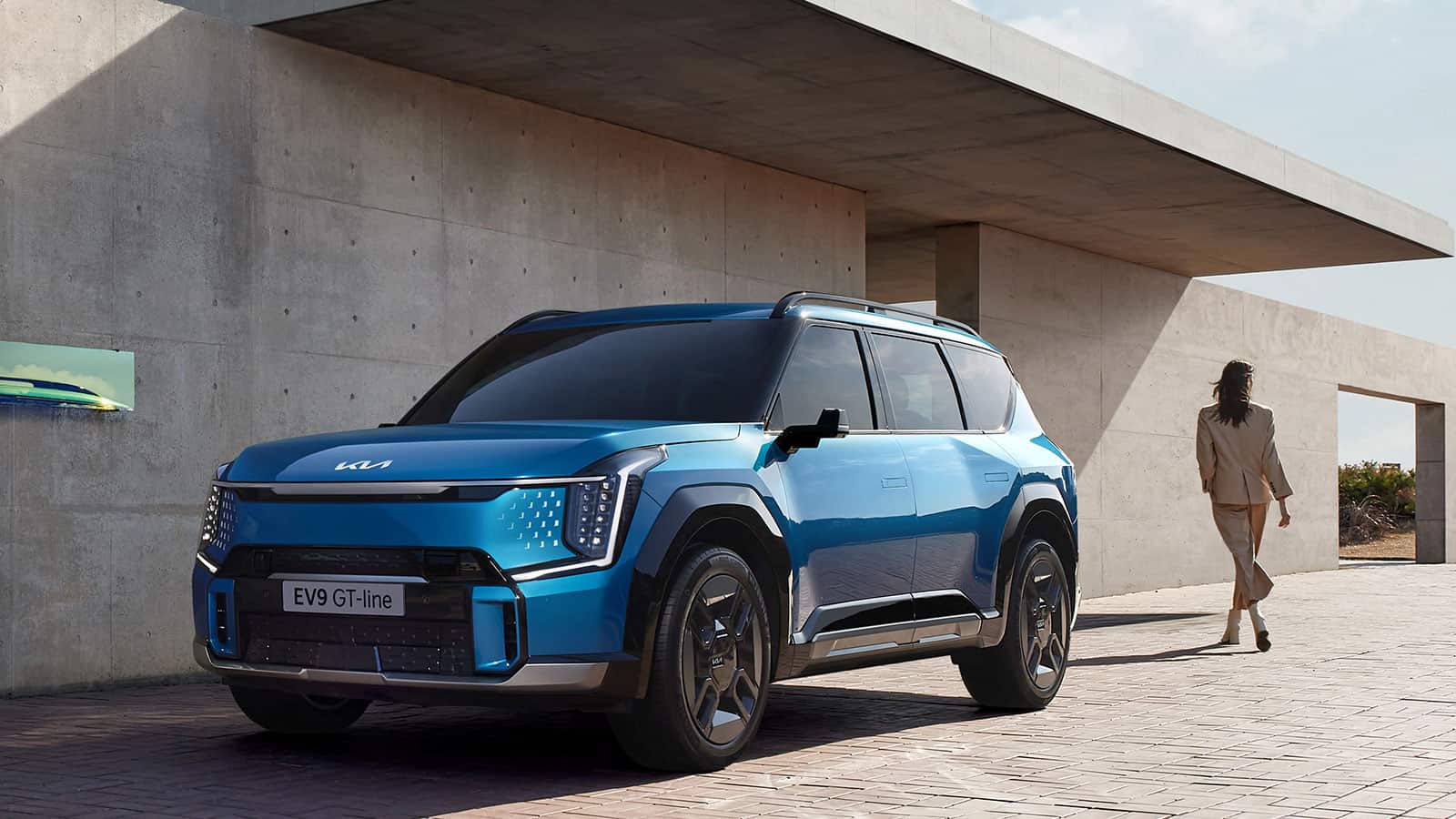
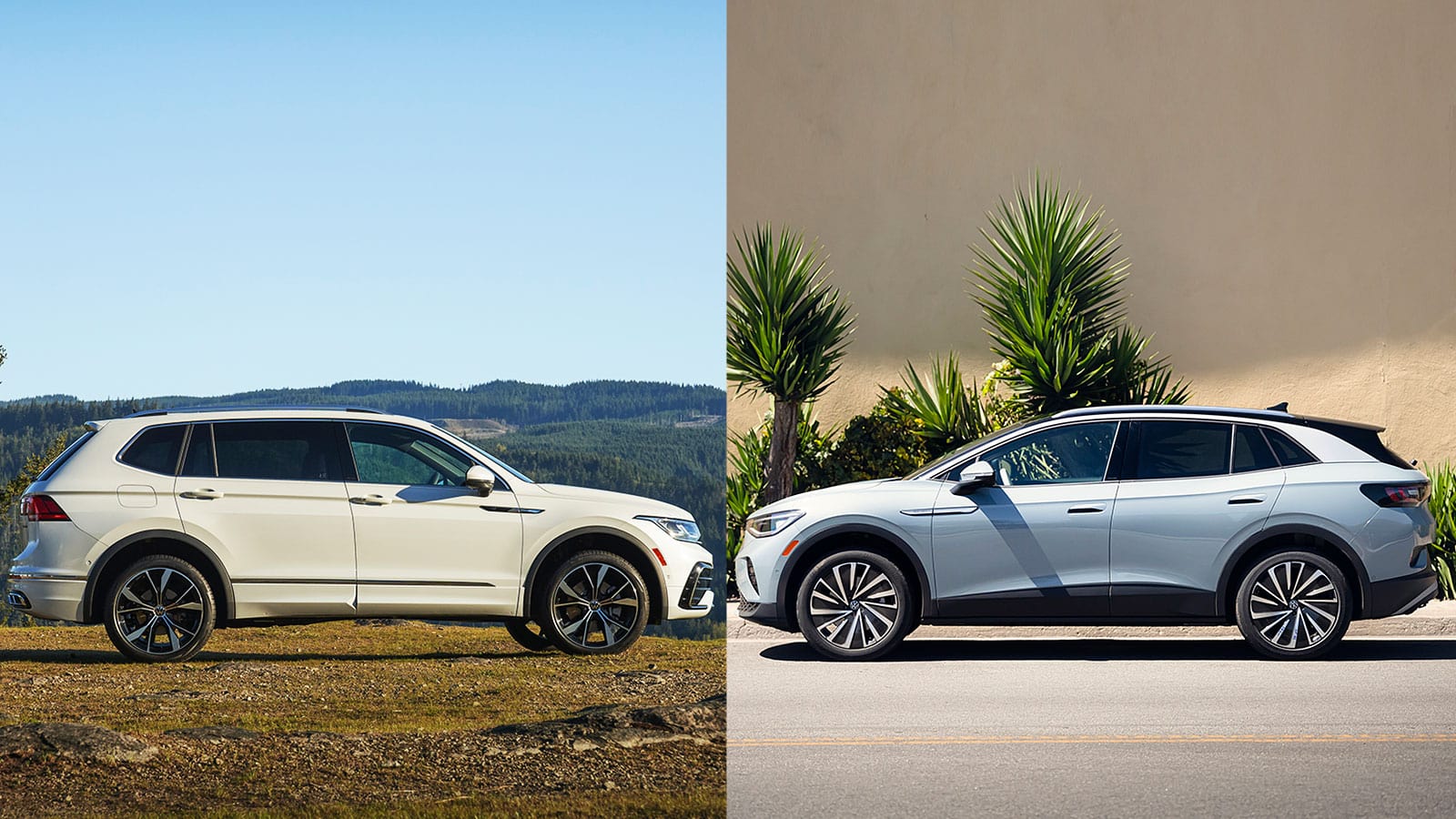
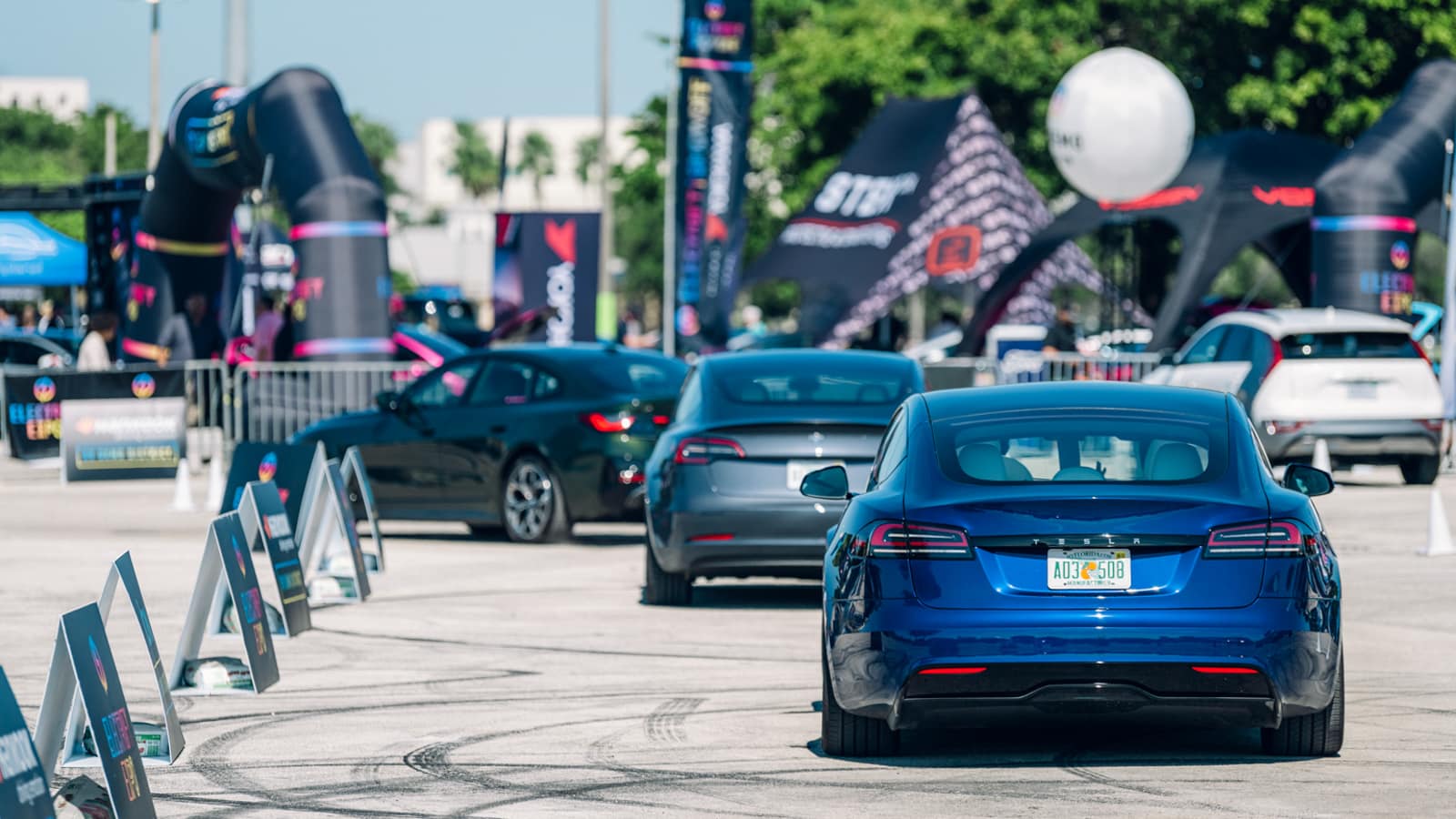
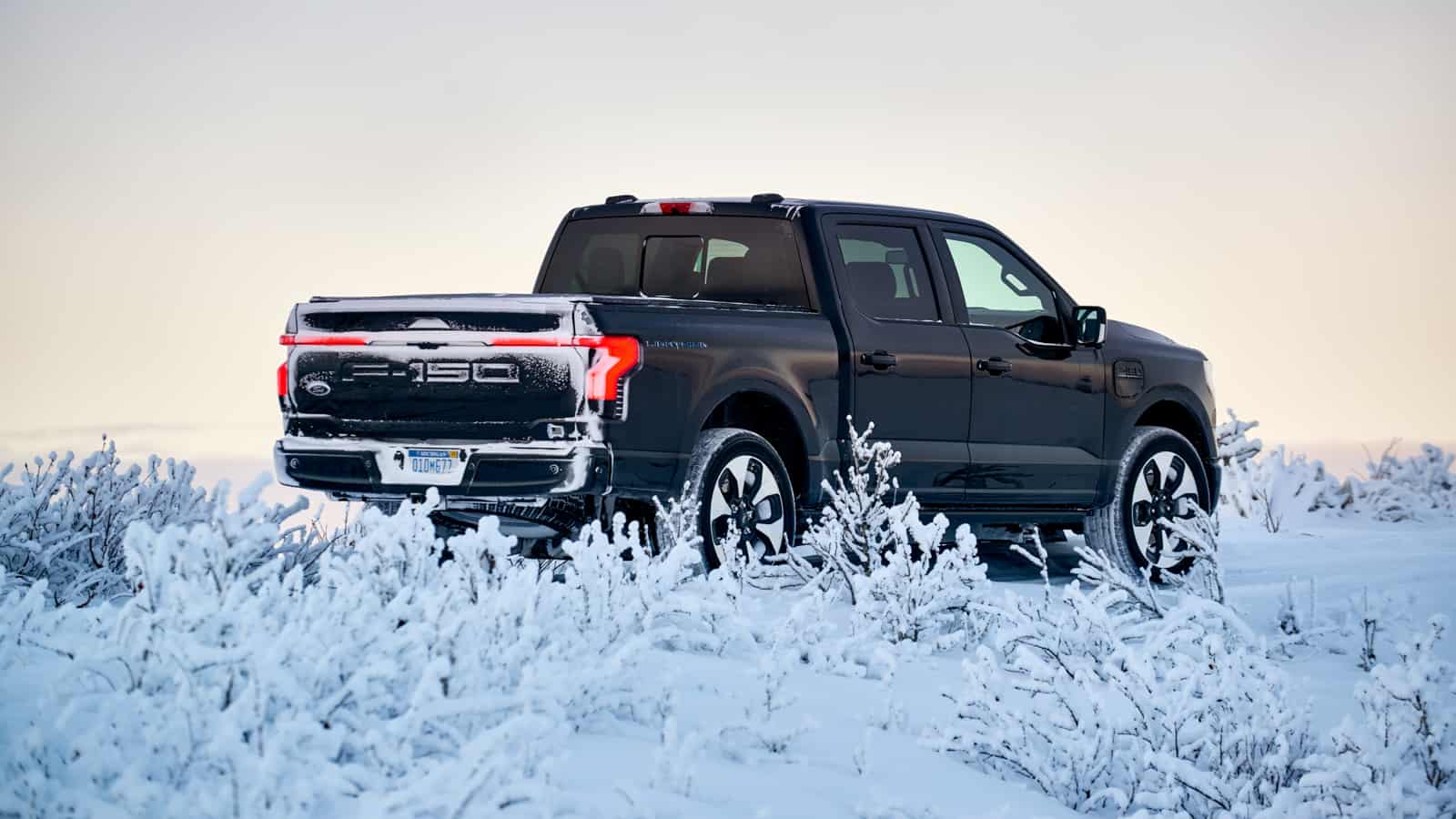
One Response
Wow apparently you haven’t read about the dead evs in chicago.